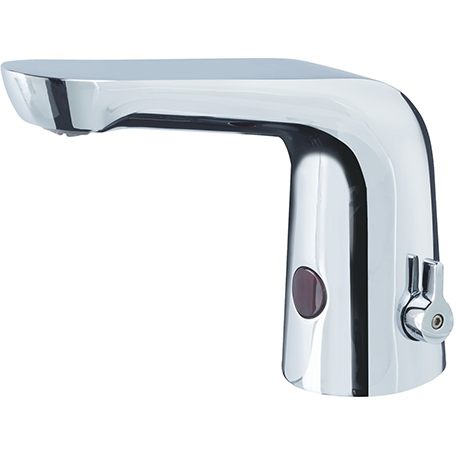Here, we share 10 surprising facts about hand washing and infection control, and our top tips for small changes that schools can implement to improve things:
1. Estimates suggest that 80 per cent of infectious diseases are spread by touch. In a school setting, where children are generally more tactile, bacteria and viruses can spread exceptionally quickly so good hand hygiene is essential to control this.
2. Touching surfaces like taps and toilet flushes can quickly spread bacteria from surface to surface and therefore from student to student.
3. According to Department of Education statistics, almost 59 million school days were missed by children between 2008/2009. The Government has spent millions to bring the number of missed days down, as students with higher levels of absence are more likely to leave school with lower qualifications.
4. The top five illnesses that cause absences are as follows: the common cold, sore throat, ear infection, stomach flu and conjunctivitis. These kinds of infections are all spread by close contact and can be prevented by proper hand washing.
5. The total cost of school sick days to the UK economy is around £17 billion – this includes the £3 billion spent on cover for sick staff members, and the time lost by parents who have to leave work early to care for unwell children.
6. Good hand hygiene habits are often learned in school rather than at home. One in five parents don’t tell their children to wash their hands after going to the toilet, and three-quarters don’t remind their young ones to clean their hands before eating.
7. The average person carries around 3,000 bacteria on their hands, belonging to more than 100 different species. These can be transferred when touching surfaces such as taps or door handles, thus potentially spreading infection.
8. Non-touch washroom controls can make a big difference. Bristan’s range of infrared products includes taps and shower panels – these don’t require students or staff to touch a button or tap head to start the water flow, therefore the risk of cross-contamination in the washroom is lowered.
9. As well as infection prevention and control, non-touch technologies are also extremely efficient. Unlike traditional washrooms where taps may be left running or dripping, non-touch technology ensures water is only used when its needed. This enables schools to significantly minimise water use, and in turn lower their environmental impact and cut water bills.
10. Researchers believe that a staggering one million lives could be saved every year if everyone practised proper hand hygiene. Whilst most common infections picked up in a school are unlikely to be fatal, reducing the likelihood of cross contamination and making hand washing as simple and easy to use as possible can certainly make a significant impact to the overall health of staff and students.
While infrared taps and showers can make a difference to infection prevention and control by eliminating the risk of germs being spread via surfaces and the hands, their use must be underpinned by good handwashing habits from children and staff alike – i.e. ensuring everyone’s hands are washed regularly with soap and warm water.
Best practice should also include routine sterilisation with a focus on cleaning and disinfecting germ-prone surfaces and objects such as countertops, urinals, toilets, door knobs, toilet handles, and faucets.
Find out more about our Infrared Sensor Taps
 Homeowners
Homeowners
 Installers
Installers
 Merchants
Merchants
 Specifiers
Specifiers




